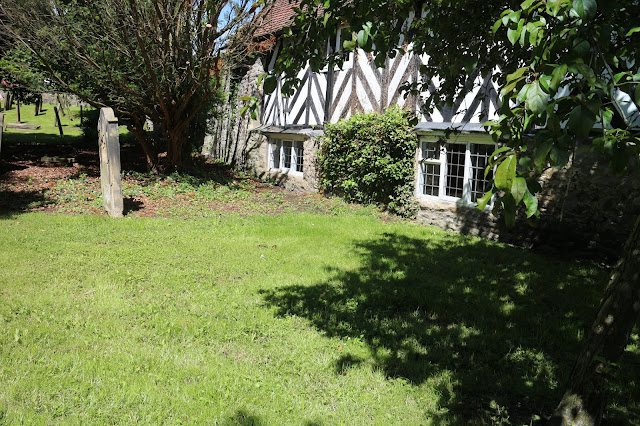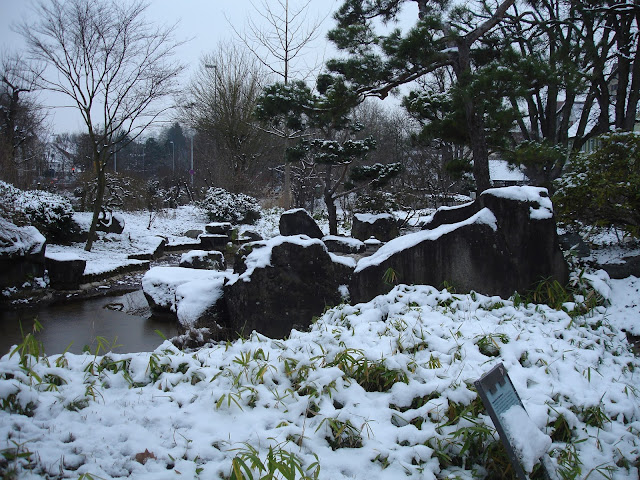A coincidence: Went to Lidl this morning and on the way back decided to stop in the Folklore Centre for coffee, they had hardly opened and I had to wait whilst the coffee machine warmed up. Whilst waiting I picked up a couple of Fortean magazines to read. This magazine is the home of strange phenomena, aliens, UFOs and portents of things to come. It is very readable but again not my kind of thing. But as I flipped through the pages I found an article about a Japanese stone, (a killing stone) and also reference to Erwin Balz, the German doctor who went over to Japan just like my love and he stayed there for 30 years.
It is funny how Japan seems a strange and wonderful place to quite a lot of people. I note through You Tube that many people are buying the old country houses vacated by their inhabitants and inherited by the families who do not know what to do with them. So foreigners come along and settle down, working from home helps of course.
But .....................
In 2014 we went to Germany to take 6 scrolls back to the museum they belonged to at Bietigheim - Bissingen. They had been completed for years but the museum never recalled them. Above you can see Paul explaining to a party of people the conservation work done.
The scrolls belonged to a German doctor called Erwin Balz (1814 to 1913)who had spent 30 years in Japan practising Western medicine.
In the museum in the town, which is very charming, there is a room devoted to Balz, though apparently much of the things he collected went to Stuttgart museum. But I did take some photos of the room and of the little garden dedicated to him.
It was freezing cold in Germany but the mayor gave us a special tour and the people from the museum were also generous with their time.
Holly thought the coincidence very striking, but of course it made me sad but there again it brought back memories.As for the article - Fox on the Rocks, Cursed Stone and Vulpine Spirits, this is what Balz wrote..
Possession by foxes (kitsuni-tsuki) is a form of nervous disorder or delusion not uncommonly observed in Japan. Having entered the human being, sometimes through the breast, more often through the space between the finger nails and the flesh, the fox lives a life of his own, apart from the proper self of the person who is harbouring him. There thus results a sort of double entity or double consciousness.
The person possessed hears and understands that the fox inside says or thinks, and the two often engage in a loud and violent dispute. The fox speaking in a voice altogether different from that which is natural to the individual.
As for the killing stone - beware, it cracked open on 7th March 2022 and its evil spirit trapped for a 1000 years is now at liberty!



















































